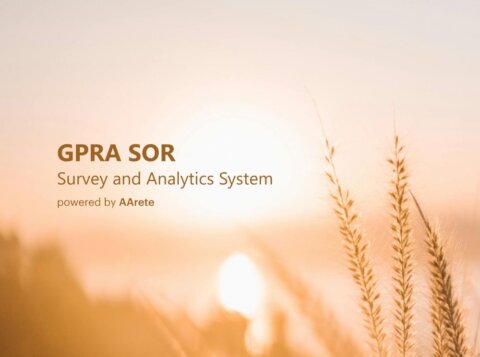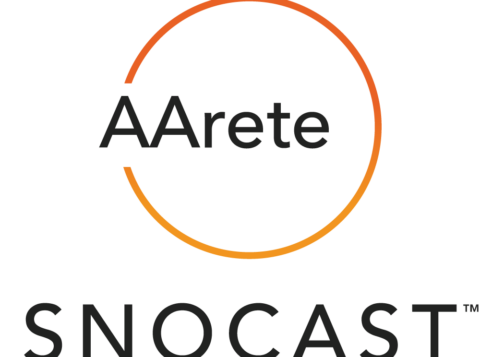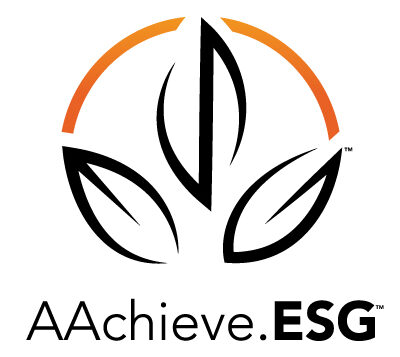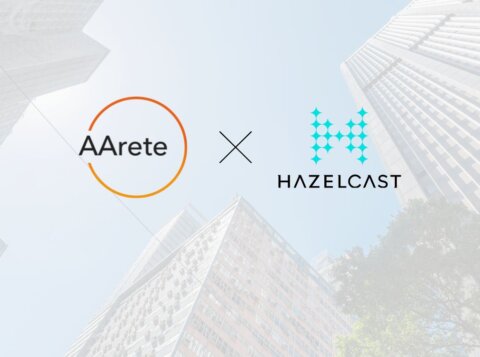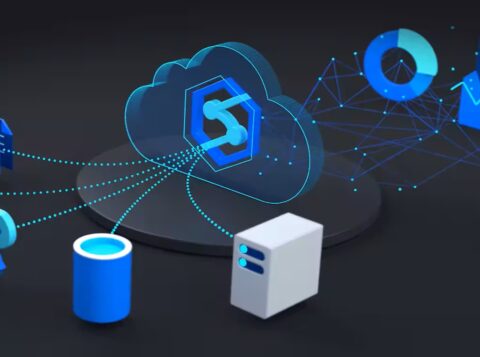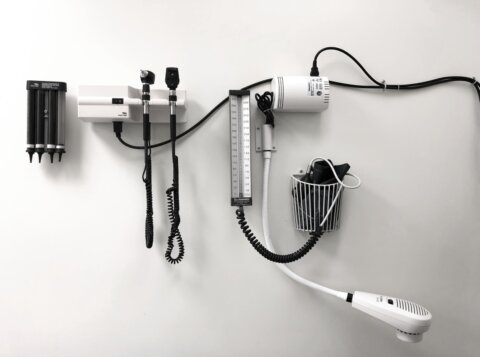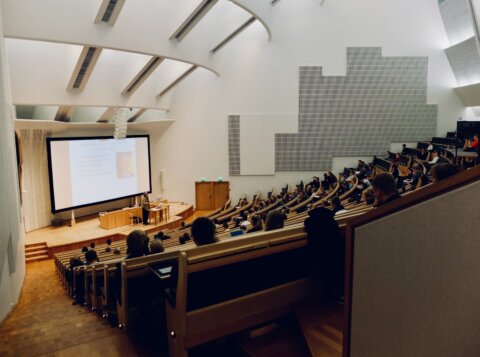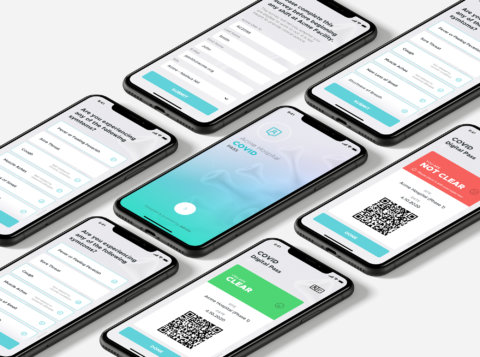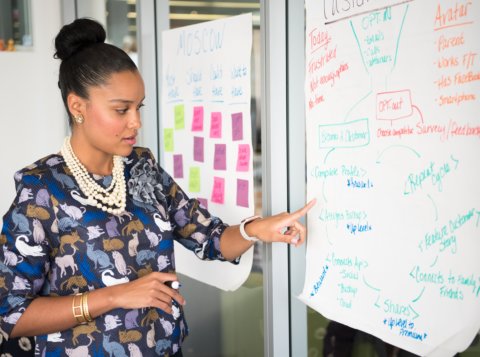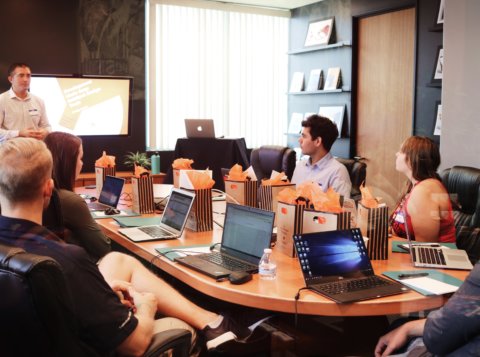The Future of Higher Ed: 4 Critical Areas of Focus in ’24
This is an AArete Higher Education insight
The eventful and transformative 2023 within higher education has set the foundation for continued disruption and change across the industry. This past year was driven by several trends that have swept across the higher education landscape, and buzzwords like artificial intelligence (AI), enrollment cliff, workforce modernization, campus transformation, and others have been discussed in conferences, seminars, and in the hallways of many institutions. Reflecting on the past year and looking ahead to 2024, we have identified four top priorities for university leadership to drive meaningful success within higher education institutions.

1. Navigating Affordability: Ensuring Fiscal Responsibility of Tuition Dollars
Affordability remains a linchpin in the quest for an inclusive and accessible higher education landscape. The public pressure of the student loan crisis, compounded by macroeconomic indicators and the continued recovery from the COVID-19 pandemic, has put affordability and fiscal responsibility on the top of every 2024 priority list.
As tuition costs rise, institutions grapple with the ethical imperative to ensure that education is not a privilege confined to the few. Navigating Affordability is a commitment to dismantling economic barriers, embracing transparency in cost structures, and fostering innovation in funding models. It demands a reimagining of scholarships, financial aid, and collaborative efforts between public and private sectors. In this pursuit, higher education institutions become architects of a future where every eager mind can access the transformative power of education.
Universities have the power to navigate affordability and put in place a sustainable financial structure that meets their institutions’ needs as well as the needs of their students and their communities. The time to act is now for universities to both reduce expenses and optimize revenues to create a successful operating model that can adapt to future needs.
Revenue-driven affordability strategies can include:
- Ensuring competitive tuition rates and innovating new tuition discount strategies
- Simplify tuition and discount levers: A NACUBO study noted that university tuition discount rates reached new highs this past academic year. Organizations must manage realistic tuition versus a “sticker price” positioned for specific university brands across the industry. Universities must identify a multi-year plan to align tuition levels to those needed to successfully operate a leading university. At the same time, simplify the number of discount levers that exist on campus and use those to stimulate enrollment and support those in need. Based on the graphic below from the NACUBO study, organizations need to respond now to affordability or discount rates will continue to skyrocket making a financially sustainable business model challenging.
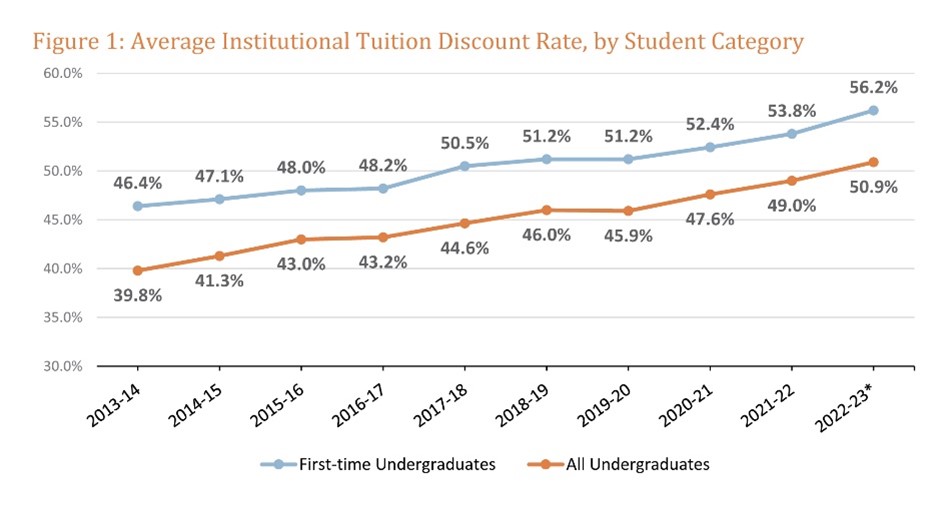
- Enhancing your enrollment management strategy
- Identify and focus on targeting students who are better positioned for success and enabling their success for elevated student retention.
- Maximizing revenue-driven auxiliaries
- Ensure campus assets are utilized year-round where applicable, and in-house or outsourced operations that drive revenue are market competitive (Bookstore, Campus Dining, Parking, etc.). Universities must continue to evaluate their auxiliary revenue options to drive a successful student experience while also delivering net profits back to the operating budget of the campus.
- Continuing to grow donations and alumni support
- Universities continue to rely on donations and, for major universities, grow their endowment. A beacon for all universities to maximize their alumni engagement is to develop data-driven student lifecycle programs that track and support students’ success from enrollment through graduation including helping them connect with alumni, find a job, graduate on time, and excel in the right program for each student.
Expense reduction strategies to enable affordability include:
- The consistent pursuit of optimal purchasing patterns and controls
- Universities have an opportunity to leverage their buying power, manage spending more appropriately, and take a business sense to their spending habits. A major opportunity is a comprehensive review of all third-party spending and drives improved pricing, optimal utilization, and pressure tests the criticality of all transactions.
- Assessing in-house operations that may be more efficient and cost-effective
- Universities must continue to challenge themselves to innovate their operations and drive greater efficiency in their day-to-day fixed-cost operations such as maintenance operations, technology services, health services, transportation, and marketing.
- Analyzing space utilization to consider reducing, repurposing, and optimizing campus areas that can lead to revenue generation or student services
- Today’s student receives education differently and universities need to evaluate their campus footprint, its utilization, and if it is required to support the education of their students and the research of their faculty.
- Enabling energy efficiency initiatives that can reduce utility costs and investing in sustainable and renewable energy sources
- The array of high-spend areas that continue to go untouched – energy, benefits, etc. – need to be addressed and innovative. As data has become more available across all areas of a university, organizations have an opportunity to drive targeted cost-reduction efforts within these major spend buckets.
2. Data, Business Intelligence (BI), and Artificial Intelligence (AI): The Nexus of Insight
Data, once a latent resource, has emerged as the lifeblood of informed decision-making within higher education. The integration of Business Intelligence (BI) and Artificial Intelligence (AI) opens new frontiers, providing institutions with the tools to decipher complex patterns, forecast trends, and optimize operations. From enrollment management to strategic planning, the synergy of data, BI, and AI transforms ambiguity into clarity, empowering leaders to shape educational experiences, allocate resources judiciously, and cultivate an environment where innovation thrives. The intersection of technology and education is not a crossroads; it’s a convergence leading to a renaissance of data-driven enlightenment.
Some trends we expect to sustain include:
- Data organization and consolidation into analytics platforms that are available to faculty and employees
- This will enable self-service data mining and assessment to ensure university stakeholders have access to make informed business decisions.
- The increased application of generative and practical AI
- At the very least, streamlining and automating business processes that were previously manual and/or time intensive, ranging from operational function to student communication/engagement. The opportunities to leverage AI within a university setting are limitless and we would expect every campus to be investing in ways to leverage AI to drive efficiency and productivity.
- Transition predictive analytics into actionable predictive analytics
- This will likely grow in both business operations forecast analyses for administration, but also student risk and success for advisors and faculty. Universities have long leveraged predictive analytics, but they are usually reactive, 2024 will bring the ability to drive real-time decision-making from improved actionable predictive analysis.
3. Operational Efficiencies: Balancing the Equation
In the delicate dance between resources and demands, operational efficiencies emerge as the beacon of opportunity across the complex nature of a higher education environment. Streamlining processes, optimizing workflows, and embracing technological innovations are not mere cost-cutting measures; they are strategic imperatives. The pursuit of operational efficiencies requires a discerning eye to identify redundancies, a commitment to agile methodologies, and a culture that values adaptability. It is a harmonization of fiscal responsibility and academic excellence—a testament to an institution’s commitment to stewarding its resources judiciously in service of its core mission. Additionally, by investing in building these systems, you’re inadvertently feeding BI and driving expense management (as detailed above), fortifying the foundation of your institution for sustainable and scalable growth.
Such initiatives we have seen within higher education include:

Utilizing shared service centers to ensure operational excellence, efficiencies, and streamlined processes for many of the non-academic business functions within universities

Streamlining operations by reviewing and automating administrative processes, eliminating bottlenecks, unnecessary approvals, and outdated policies

Departmental consolidation, particularly around departments that are redundant across campus or small to increase economies of scale to ensure proper coverage for students, faculty, and operational units

Modernizing the workforce and staffing levels, particularly as new processes are automated and/or streamlined while ensuring student success is a focus of the individual department
4. Student Engagement and Outcomes: Beyond the Classroom Walls
The heart of higher education is the experiences of its students. Student engagement and outcomes go beyond conventional metrics — graduation rates — to encompass holistic student lifecycle development. It’s about nurturing a community where curiosity thrives, diversity is celebrated, and every voice finds resonance. 2023 has put students on the front page every week as the world continues to navigate complex economic, political, and environmental challenges. The digital era offers new avenues for interactive learning, personalized experiences, and a student-centric approach.
By harnessing the power of technology, institutions can create ecosystems where students are not just recipients of knowledge but active participants in their educational journey. The outcomes encompass critical thinking, adaptability, and a lifelong love for learning.
To enable student success, consider the following:
- Enabling technology to track student progress
- Create a 360-degree student view that enables faculty and staff to identify at-risk students early to mitigate any potential issues. Many universities struggle with retention rates and/or ensuring students graduate – an investment in a 360-degree view of a student will enable an organization to understand a student from their application through their classroom work into their early career. As mentioned in revenue-generating opportunities above, this 360-degree structure can better position your students for future success and ensure they become donors and contributors back to your campus in the future.
- Streamlined student support through “one-stop shops” that focus on student needs
- Through reorganizing the federated student services model into one area that can mitigate most student issues, the perceived redundancy and “red tape” to do simple activities like applying for scholarships, paying tuition bills, or getting a copy of a transcript can be done quickly and easily saving time and money.
These strategies are easier said than done. The higher education landscape is rapidly changing, demanding shifts in the operating model that can feel unmanageable, especially against volatile socio-economic climates, often paired with limited staffing to operationalize the needed change. These 4 critical areas outlined can help higher education institutions establish a framework to approach 2024 with confidence. 2024 is upon us and the time to act on these is now.







